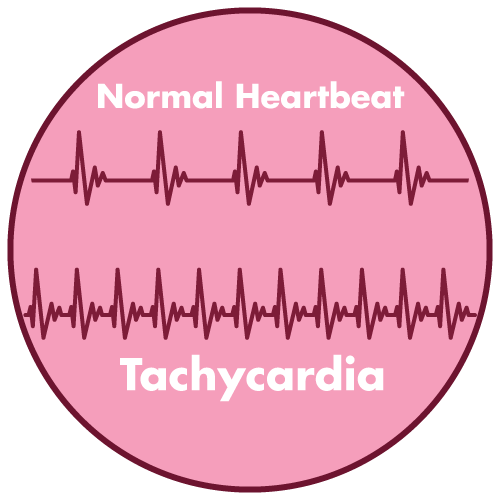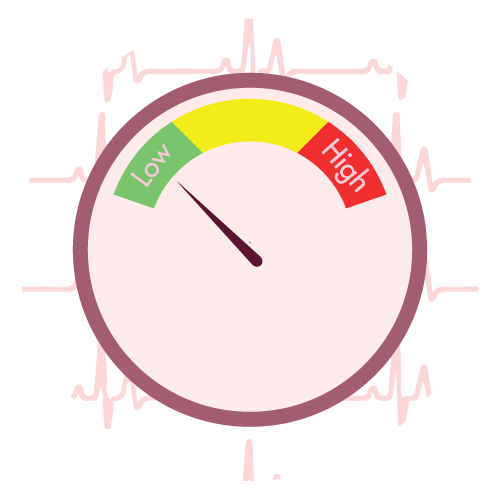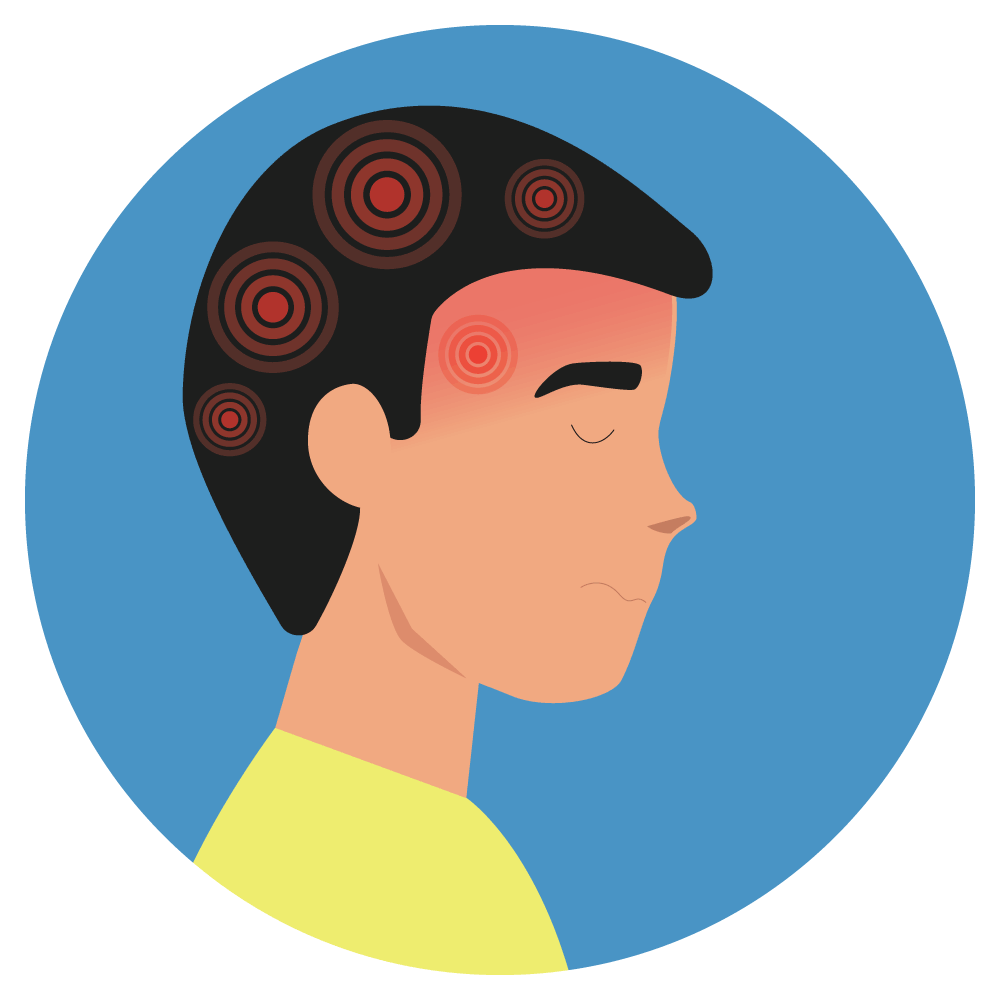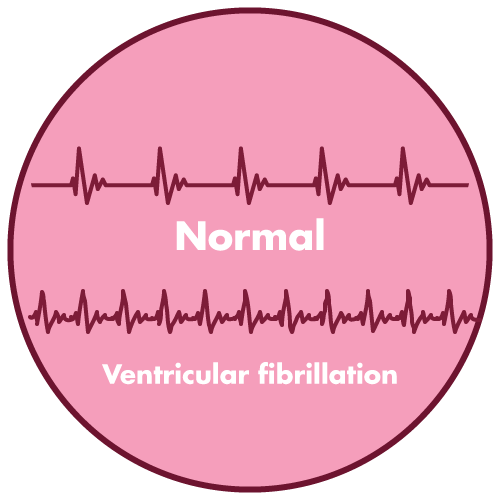| Name | Dopamine Hydrochloride |
| Classes |
Central Nervous System Agent Dopamine Antagonist / Antidopaminergic |
| Diseases |
Cardiovascular Disease Hypotension (Low Blood Pressure) |
Dopamine Hydrochloride
Dopamine is the naturally occurring immediate precursor of norepinephrine. It is a sympathomimetic amine vasopressor. Dopamine has both chronotropic and inotropic effects on the myocardium, increasing heart rate and cardiac contractility. This is accomplished directly by acting as an agonist on beta-adrenoceptors and indirectly by causing norepinephrine to be released from storage sites in sympathetic nerve endings.
Dopamine HCl is used to treat hemodynamic imbalances caused by myocardial infarction, shock, trauma, endotoxic septicemia, open-heart surgery, renal failure, and chronic cardiac decompensation as in congestive failure.
- This is a strong medication that must be diluted before being administered to the patient. Dopamine Hydrochloride Injection, USP is administered intravenously (only after dilution).
- Correct hypovolemia, acidosis, and hypoxia prior to use.
- Administer in a large vein with an infusion pump preferably in an intensive care setting.
- Recommended starting dosage in adults and pediatric patients is 2 to 5 mcg/kg/minute as a continuous intravenous infusion. Titrate in 5 to 10 mcg/kg/minute increments based on hemodynamic response and tolerability, up to not more than 50 mcg/kg/minute.
The following adverse reactions have been observed:
- Arrythmia (tachycardia)
- palpitation
- hypotension
- hypertension
- headache
- anxiety
- Tissue ischemia: Severe peripheral and visceral vasoconstriction can occur. Address hypovolemia prior to use, monitor extremities, and infuse into large vein.
- Cardiac arrhythmias: Monitor closely.
- Hypotension after abrupt discontinuation: Gradually reduce infusion rate while expanding blood volume with intravenous fluids.
- Severe hypersensitivity reactions due to sodium metabisulfite excipient: May cause anaphylaxis including life-threatening or less severe asthmatic episodes in susceptible individuals.
- Hypoxia, Hypercapnia, Acidosis: These conditions, which may also reduce dopamine's effectiveness and/or increase the likelihood of adverse effects, must be identified and corrected prior to or concurrently with dopamine HCl administration.
- Hypotension: If hypotension occurs at lower infusion rates, the infusion rate should be rapidly increased until adequate blood pressure is obtained. If hypotension persists, discontinue dopamine HCl and replace it with a more potent vasoconstrictor, such as norepinephrine.
- Antidote for Peripheral Ischemia: To prevent sloughing and necrosis in is chemic areas, 10 to 15 mL of saline solution containing 5 to 10 mg of phentolamine mesylate, an adrenergic blocking agent, should be infiltrated as soon as possible. The solution should be liberally infiltrated throughout the is chemic area using a syringe with a fine hypodermic needle. If the area is infiltrated within 12 hours, sympathetic blockade causes immediate and noticeable local hyperemic changes. As a result, phentolamine should be administered as soon as possible after the extravasation is detected.
Contraindication
None known.
None known.
Dopamine HCL is contraindicated in-
- Pheochromocytoma
- Uncorrected tachyarrythmias
- Ventricular fibrillations
 Bangla
Bangla English
English




